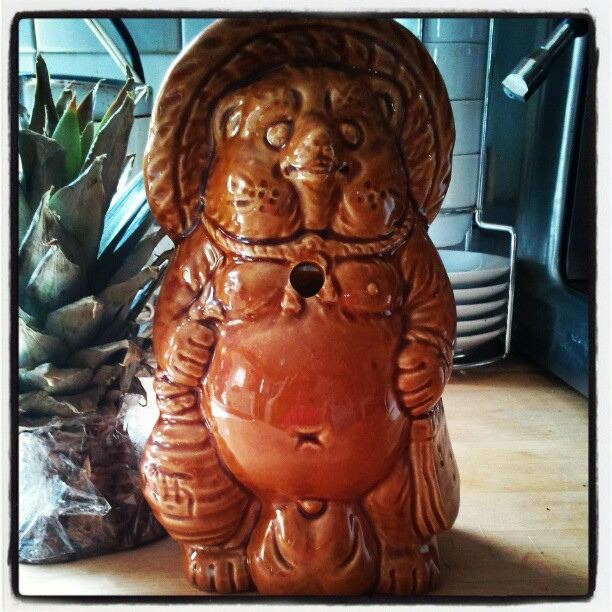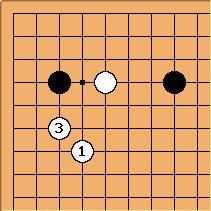 | ||
Tenuki (手抜き) is a Japanese go term also commonly used among Western players. It describes ignoring a local sequence on the board in order to play elsewhere. The maneuver is related to the concepts of sente, or taking the initiative, and gote, deferring to the opponent by responding to the last play. A player will tenuki when he feels that his opponent's last move does not pose an urgent threat, and he judges that playing elsewhere would be to his advantage.

Experienced players try to control the flow of the game by making moves that leave them with effective follow-ups, thus forcing the opponent to respond. They look for weaknesses in the opponent's position and wait for a chance to tenuki so they can exploit those weaknesses. Novice players are less consistent, sometimes jumping carelessly away from situations in a risky way, and on other occasions being reluctant to play tenuki, a failing identified as following the opponent around.
A player may also tenuki even though the opponent's last move is somewhat damaging, if he feels that his play will be even more damaging to the opponent. He would be willing to accept the loss he anticipates, because he expects a greater gain from the move he makes instead of answering. Players also tenuki when they believe that the opponent will be required to answer. If this happens, they can then go back and answer the previous move.

In sente go lessons when to tenuki in the opening



